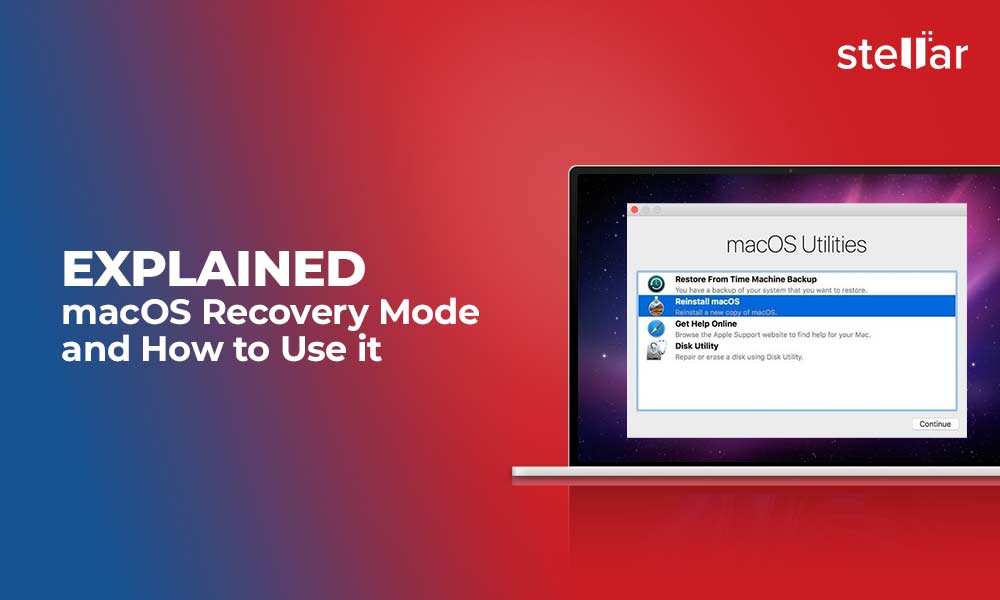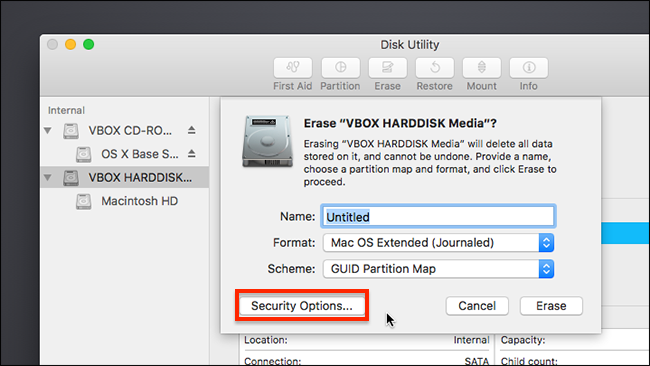
- How to reinstall ios for mac how to#
- How to reinstall ios for mac install#
- How to reinstall ios for mac registration#
- How to reinstall ios for mac password#
Even though you don't intend to wipe your MacBook, securing your files is a good idea before OS reinstallation since it is a major procedure. IOS users seeking to change whether music, apps, books, audiobooks, and updates automatically download can modify those settings by opening Settings, tapping iTunes & App Store, and enabling the corresponding options using the provided slider buttons.Note: Before you start, make sure you have backed up any files you want to keep to an external drive.

The app should appear within the store and have the cloud download icon, indicating you can download the application without having to purchase the program again.
How to reinstall ios for mac install#
IPad users can tap the App Store app, tap the Purchased icon that appears at the bottom of the screen, select the Not On This iPad tab, scroll through the list of programs, and tap the cloud icon button to download and install the corresponding apps.Īlternatively, you can confirm you’re logged in with the Apple ID you used previously to purchase the software and, with the App Store open, tap Search, then type the name of the app you wish to install. SEE: iOS Coding Mastery Bundle (TechRepublic Academy) When reloading previously purchased applications on an iPhone, open the App Store app, tap Purchased, tap My Purchases, select Not On This iPhone, and scroll through the list and tap the cloud download icon to download and install the app. Among the options you can choose are automatically checking for application updates, downloading new updates in the background, installing application and macOS updates, and downloading programs previously purchased on other Macs using the same ID. Open System Preferences (typically found within the Dock but also accessible from the Applications directory) and select App Store ( Figure A). Several App Store preferences can be set on a Mac, too. The program’s iTunes App Store page will appear the page lists additional information, including the software manufacturer, file size, application description, and more. Previously purchased programs not yet downloaded to the Mac can be installed simply by clicking the app’s corresponding Install button.įor more information about a specific app, just click the program’s name. Installed applications will appear with a corresponding button that reads Open. A drop-down menu enables viewing programs bought by specific users, should your account possess multiple users, as is normal if you’ve set up an Apple ID for family sharing, for example. Once you’ve logged in, purchased applications will display within the App Store window. The App Store will prompt you to sign in if you haven’t previously provided the Apple ID username and password.
How to reinstall ios for mac how to#
Mobile malware is on the rise: Know how to protect yourself from a virus or stolen dataĦ easy tips for cleaning up your inbox (TechRepublic Premium) If you removed the icon or it no longer appears in the Dock, open Finder, select Applications, and double-click the App Store icon.

Mac users can locate and review previously purchased App Store programs by opening the App Store, for which an icon appears within the Dock by default. After navigating to the App Store, users can selectively reload the applications and programs they wish to install on their new or reformatted computers and devices.
How to reinstall ios for mac password#
To reload those purchased items, Apple users need to provide their Apple ID username and password when logging back in to new Macs, iPhones, and iPads. SEE: Free ebook–Boost your Mac productivity with these 10 techniques (TechRepublic) Ever since Apple introduced the App Store and tied Apple IDs to software, music, and video purchases, Mac and iOS users’ previous App Store purchases remain parked and collected within a single account.

How to reinstall ios for mac registration#
Staging a new computer or wiping and reloading new phones and tablets used to require locating original installation media or old purchase confirmation messages, license keys, and registration codes before previously purchased programs could be reinstalled.


 0 kommentar(er)
0 kommentar(er)
